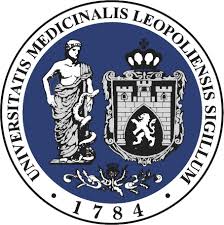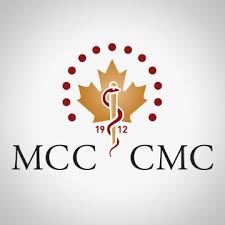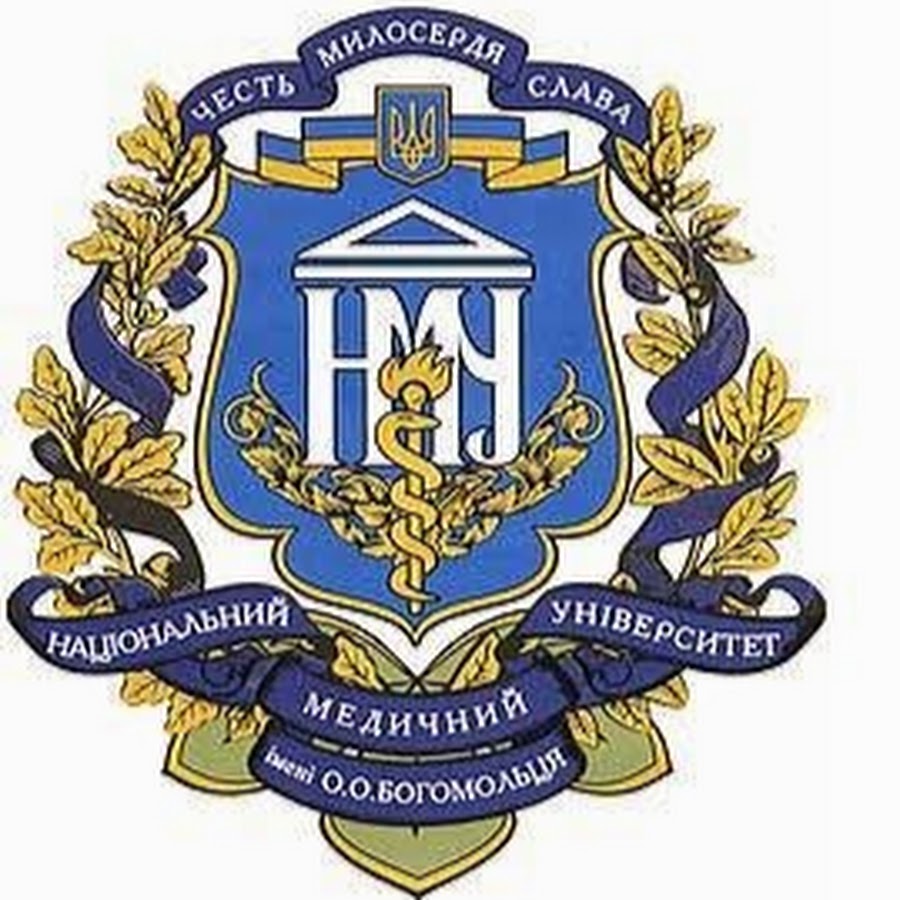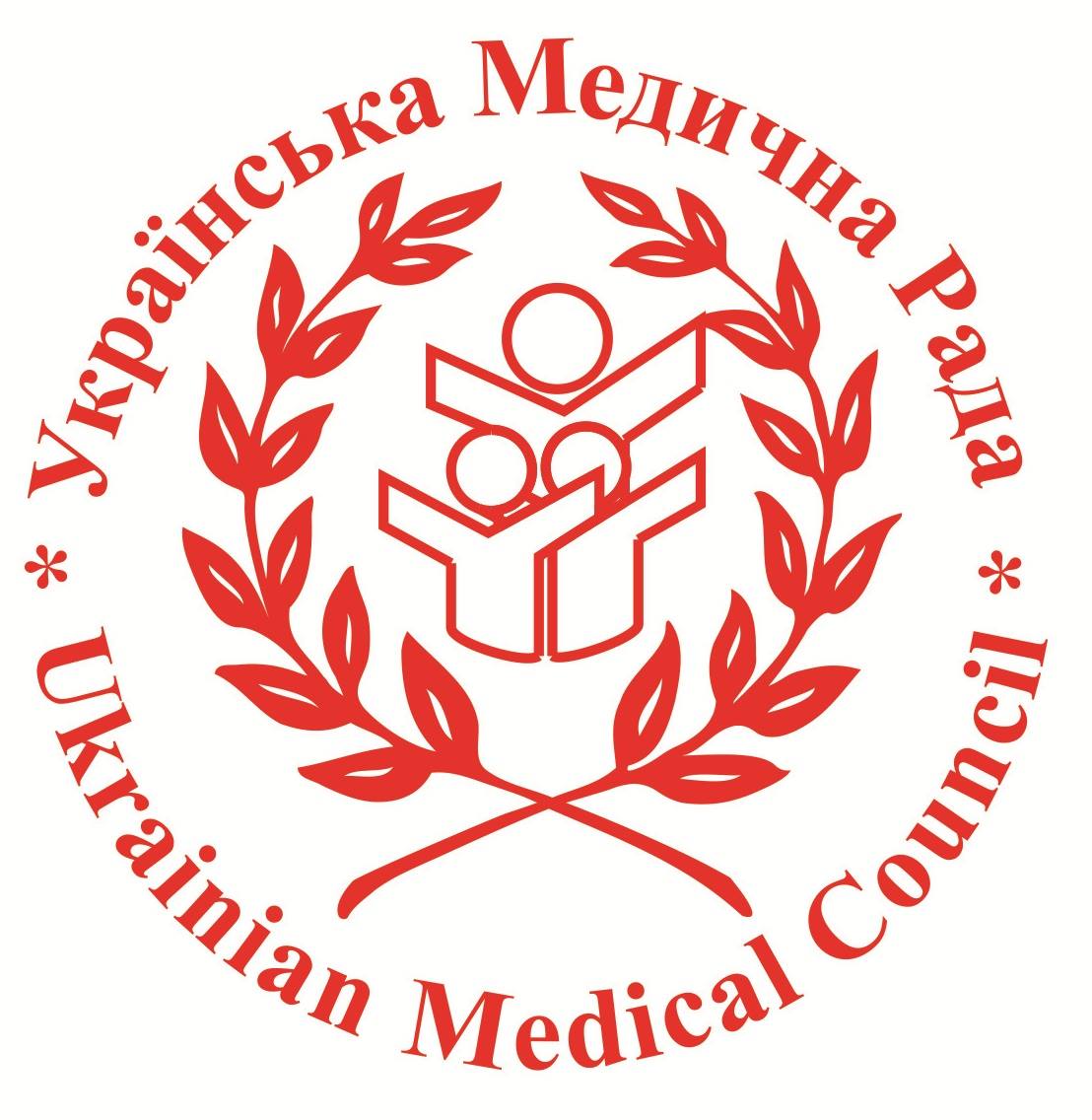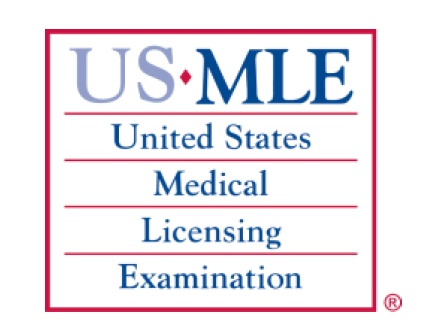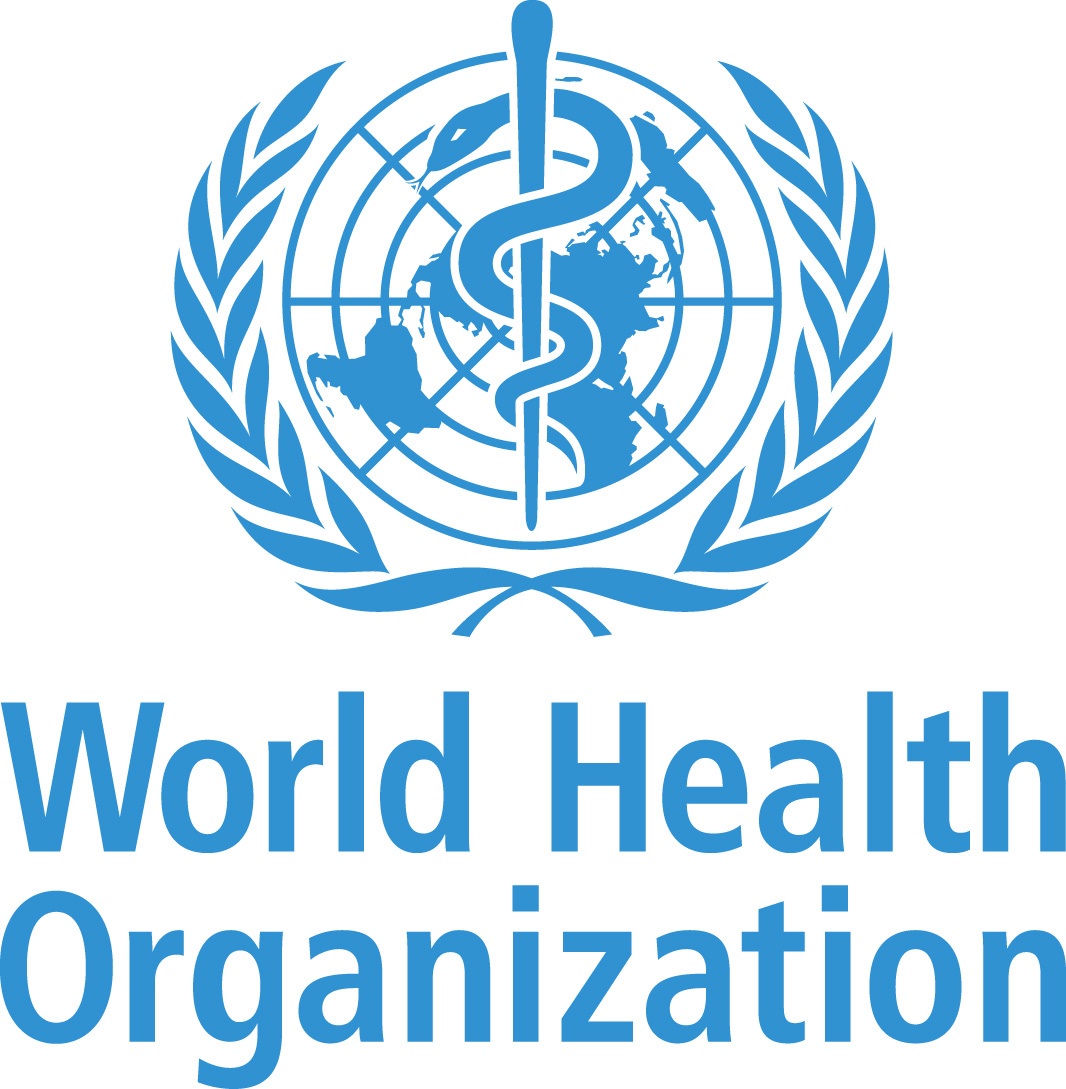MANIPAL COLLEGE OF MEDICAL SCIENCES
LOCATION AND INTERNATIONAL AIRPORT IN THE CITY
LOCATION OF MANIPAL COLLEGE OF MEDICAL SCIENCES, STUDY MBBS IN NEPAL
Pokhara 33700, Nepal
MAP LOCATION
We MBBSUNIVERSITIES.COM guarantee you admission in the best medical colleges of NEPAL with the best fee package.
We the team of doctors in MBBSUNIVERSITIES.COM had enough research through the medical colleges in NEPAL and we will guide you to select the colleges for MBBS in NEPAL
We guarantee you the cheapest package and minimum consultancy charges for MBBS inMANIPAL COLLEGE OF MEDICAL SCIENCES NEPAL is Recognised by WHO and Medical council of India, we are the No. 1 MBBS admission In Abroad Education guideline providers in India because we are doctors not agents. Just call our doctors because doctors can guide students better than agents - 1800-123-5619
They will give you information to select the Best Universities & be Your Complete Guide
They will provide you Step-by-step Guide for MBBS in Abroad and will help you to get DIRECT ADMISSION IN MBBS
About the country
NEPAL
Nepal, officially the Federal Democratic Republic of Nepal, is a landlocked country in South Asia. It is located mainly in the Himalayas but also includes parts of the Indo-Gangetic Plain. With an estimated population of 26.4 million, it is 48th largest country by population and 93rd largest country by area. It borders China in the north and India in the south, east, and west while Bangladesh is located within only 27 km of its southeastern tip and Bhutan is separated from it by the Indian state.Nepal, the country of high Himalayas, majestic mountains, strange wildlife and diverse cultures is a world in itself. Nepal has a unique landscape stretches from the pinnacle of Mt. Everest to the Terai low lands where diverse human cultures and natural habitats can be found. Nepal is the birth place of Lord Buddha. Roughly rectangular in shape, Nepal is sandwiched between China in the north and India in South. The length of the kingdom is approximately 885 km east to west, and breadth 193 km north to south. The total area of the country is 147, 181 sq.km. Kathmandu is the capital city of Nepal. Basically the visitors come to this country seeking yetis, others for tigers, some are in search of nirvana and many come to trek on ancient trail. Nepal is rich in terms of bio-diversity due to its unique geographical location variation in altitude. Within a distance of 150km, the elevation of the country ranges from 60 meters above sea level to the highest point on earth, Mt. Everest (8,848m.). The climate is also diverse in nature ranging. Nepal has occupied only 1% of the earth but it is a home to 2% of all the flowering plants in the world, 8% of the world's population of birds, 4% of mammals on earth, 11 of the world's 15 families of butterflies, 600 indigenous plant families and 319 species of exotic orchids. The national language of Nepal is Nepali, however; the people engaged in travel-trade understand and speak English fluently. The currency of Nepal is Nepali Rupee.
HISTORY:
Nepal has always been an independent and sovereign country with glorious history, culture and tradition that date back to times immemorial. The people of Nepal are popular for their bravery in warfare, mountaineering, hospitality and sincerity since history. Before the campaign for national unification, this small kingdom was divided into smaller states. Kathmandu valley was ruled by the Malla Kings. They focused on promotion and development of Nepali arts and crafts. Thus, their contribution to art and culture are indeed great and unique. In 1768 A.D., the Shah dynasty ascended the throne of unified Nepal. The different cultures of this Himalayan country reflect harmonious blending of Hinduism and Buddhism. It is worthy to mention that Nepal is one of the founder members of the South Asian Association for Regional Cooperation (SAARC).
NATURE:
Nepal is a wonderful land considering its its unique but varied lndcape and ntural beauty. It is a world in itself. Nepal offers an amazing topographical variation with altitude ranging from 70 m to 8,848 m just within a span of 193 km. Thus, due to its topographical variation, Nepal boasts all kinds of climate ranging from alpine, temperate to tropical. Similarly, the flora from tundra-like vegetation to desert-type cactuses and rainforest are found in this highland. In the same way, fauna from prairie dog-like Marmot to snow leopard to dolphin are available in Nepal. It is a mater of pleasure to mention that Nepal is also a home of countless river, glacial lakes, lakes, and creeks with their common origin in the Himalaya. Nepal holds more than 70 ethnic groups, each with its own unique culture and language. These people are basically spreading in hamlets, villages and shantytowns. Temples, shrines, all year long festivals, etc. add additional beauty to this paradise. Of the total of 14 peaks above 8,000 metres, Nepal is hoe to eight of the world's highest mountains, including Mt. Everest (8,848 m). Nepal's geography holds an exceptionally varied landscape. Hence, this wild variation fosters an incredible variety of ecosystems. Nepal has nine national parks and three wildlife reserves ranging from the highest mountains in the world as well as tropical lowland of the plains.It is recommended to explore the exotic Himalayan nature and culture of Nepal by walking through the villages and meeting the charming people.
LANGUAGES
Nepal's diverse linguistic heritage stems from three major language groups: Indo-Aryan, Tibeto-Burman, and various indigenous language isolates. The major languages of Nepal (percent spoken as native language) according to the 2011 census are Nepali (44.6%), Maithili (11.7%), Bhojpuri (6.0%), Tharu (5.8%), Tamang (5.1%), Nepal Bhasa (3.2%), Bajjika (3%) and Magar (3.0%), Doteli (3.0%), Urdu (2.6%), Awadhi (1.89%), and Sunwar. Nepal is home to at least four indigenous sign languages.
Derived from Sanskrit, Nepali is written in Devanagari script. Nepali is the official language .The regional languages Maithili, Awadhi, Bhojpuri and rarely Urdu of Nepali Muslims are spoken in the southern Madhesh region. Many Nepali in government and business speak Maithili as the main language and Nepali as their de facto lingua franca. Varieties of Tibetan are spoken in and north of the higher Himalaya where standard literary Tibetan is widely understood by those with religious education. Local dialects in the Terai and hills are mostly unwritten with efforts underway to develop systems for writing many in Devanagari or the Roman alphabet.
RELIGION.
The significant majority of the Nepalese population follows Hinduism. Shiva is regarded as the guardian deity of the country. Nepal is home to the famous Lord Shiva temple, the Pashupatinath Temple, where Hindus from all over the world come for pilgrimage. According to Hindu mythology, the goddess Sita of the epic Ramayana, was born in the Mithila Kingdom of King Janaka Raja.
Lumbini is a Buddhist pilgrimage site and UNESCO World Heritage Site in the Kapilavastu district. Traditionally it is held to be the birthplace in about 563 B.C. of Siddhartha Gautama, a Kshatriya caste prince of the Sakya clan, who as the Buddha Gautama, founded Buddhism.
The holy site of Lumbini is bordered by a large monastic zone, in which only monasteries can be built. All three main branches of Buddhism exist in Nepal and the Newa people have their own branch of the faith. Buddhism is also the dominant religion of the thinly populated northern areas, which are mostly inhabited by Tibetan-related peoples, such as the Sherpa.
The Buddha, born as a Hindu, is also said to be a descendant of Vedic Sage Angirasa in many Buddhist texts.
LARGEST CITIES.
As Nepal is one of the developing countries, its cities, like other aspects, are growing. More than 20% of the population live in urban areas. The capital, Kathmandu, is the largest city and is called the "City of Temples" for its numerous temples of Hindu and Buddhist gods and goddess. One of the oldest cities of South Asia, Katmandu has five UNESCO World Heritage Sites, palaces and historically important sites such as Singha Durbar. The other large cities of Nepal are Pokhara, Biratnagar, Lalitpur, Bharatpur, Birgunj, Dharan, Hetauda and Nepalgunj
CLIMATE
Nepal has five climatic zones, broadly corresponding to the altitudes. The tropical and subtropical zones . Nepal experiences five seasons: summer, monsoon, autumn, winter and spring. The Himalaya blocks cold winds from Central Asia in the winter and forms the northern limit of the monsoon wind patterns. In a land once thickly forested, the major problem in the region is deforestation , with resulting erosion and degradation of ecosystems. Nepal is popular for mountaineering, having some of the highest and most challenging mountains in the world, including Mount Everest. Technically, the southeast ridge on the Nepali side of the mountain is easier to climb, so most climbers prefer to trek to Everest through Nepal.
NEPAL PLACES OF INTREST
As Nepal is one of the developing country, like other things its cities or urban areas are also increasing day by day. Kathmandu is the largest city of Nepal. People of Kathmandu are lucky enough to travel in Aeroplane before any land transport. It is also called as the City of Temple as it has numerous temples of Hindus god and goddess and that's of Buddhism. It also have 5 UNESCO World Heritage Sites. Its one of the oldest city of South Asia. It is also the capital city of Nepal.
ABOUT THE CITY
Pokhara is a metropolitan city in Nepal. It is the country's second largest city in terms of population after the capital Kathmandu since Pokhara and Lekhnath were merged to create Pokhara Metropolitan City in May 2017. It is the provincial capital of Gandaki Pradesh and headquarters of Kaski District. Pokhara is located 200 kilometres west of the capital Kathmandu. The altitude varies from 827 metres in the southern part to 1,740 metres in the north. Pokhara is Nepal's number 1 adventure and leisure city, a trekking gateway to the Annapurna's with plenty of entertainment for individual travellers as well as families with kids.. In Pokhara you can experience the best in trekking, boating, hiking, pony rides, paragliding or simply relax at one of the lakes near the city with the stunning Annapurna mountain range at the background.
ABOUT THE CLIMATE
The city has a humid subtropical climate; however, the elevation keeps temperatures moderate. Temperatures in summer average between 25 and 35 °C; in winter around - 2 to 15 °C. Pokhara and nearby areas receive a high amount of precipitation. Lumle, 25 miles from Pokhara city center,receives the highest amount of rainfall (> 5600 mm/year or 222 inches/year) in the country. Snowfall is not observed in the valley, but surrounding hills experience occasional snowfall in the winter. Summers are humid and mild; most precipitation occurs during the monsoon season (July - September). Winter and spring skies are generally clear and sunny. The highest temperature ever recorded in Pokhara was 38.5 °C (101.3 °F) on 4 May 2013, while the lowest temperature ever recorded was 0.5 °C (32.9 °F) on 13 January 2012
AIRPORTS
The country's international airport and the hub of all air service in the country is Tribhuvan International Airport, which serves the nation's capital and the country's largest metropolitan city of Kathmandu. However, two domestic airports - Pokhara International Airport and Gautam Buddha International Airport - are being constructed and converted into the second and third international airport of Nepal.
STUDY MBBS IN NEPAL
MANIPAL COLLEGE OF MEDICAL SCIENCES.
ABOUT THE COLLEGE
Manipal College of Medical Sciences (MCOMS) is a private medical college which is situated at Pokhara. The college is affiliated with Kathmandu University. MCOMS is a recognized by the Medical Council of Nepal, Sri Lanka, and various other nations and is also recognized by WHO and FAIMER. MCOMS is self-financed and offers free-ship seats to 30 Nepali students. 20% MBBS seats are reserved for the candidates nominated by the Government of Nepal with whom MCOMS doesn’t charge any fees.
Furthermore, MCOMS also provides full and partial scholarships to the deserving candidates of SAARC and other International MBBS students. Besides the MBBS program, Manipal College of Medical Sciences also sponsors large number of postgraduate students and about 5% of Nepalese students are provided with 100% scholarship for the Nursing degree. It offers a five and a half years MBBS degree (four and a half years + one year internship) program. Since the year 2000 A.D. Manipal College of Medical Sciences initiated postgraduate programs and the School of Nursing and Allied Health programs. This venture has served the college in developing Nepal’s medical status and has provided employment opportunities to a number of local people.
The Manipal College of Medical Sciences (MCOMS) was established in 1994 at Pokhara, Nepal, following an agreement between the Manipal Group and the Government of Nepal.. The college and hospital have been set up with modern facilities for medical education and healthcare. MCOMS offers MBBS and PG courses in Basic Sciences and Clinical subjects.The Manipal College of Medical Sciences (MCOMS) was established in 1994 at Pokhara, Nepal, following an agreement between the Manipal Group and the Government of Nepal. The college and hospital have been set up with modern facilities for medical education and healthcare. MCOMS offers MBBS and PG courses in Basic Sciences and Clinical subjects.
LOCATION.
MCOMS has two locations in Pokhara. The basic sciences campus is located at Deep Heights, and 1st and 2nd year courses are taught there. The administrative block is also located at Deep Heights. The clinical campus with the teaching hospital, is located at Phulbari, Pokhara, overlooking the Annapurna mountain range.
COURSES
-
Post-graduation
-
MBBS
-
PCL Nursing
-
B.SC. Nursing (started 2009)
MBBS.
The annual enrolment for the MBBS degree is 135 students (data from 2016). The majority of the students are of Nepalese and Indian origin. Students from other nations such as: Sri Lanka, United States of America (NRN), Canada (NRN), etc. are also enrolled. Many elective students visit from American and European Universities and have the opportunity for hands on training.
COURSES
-
Anatomy
-
Biochemistry
-
Community Medicine-Part I
-
Microbiology
-
Pathology
-
Pharmacology
-
Physiology
The basic science training takes place at Deep Campus. After passing all the subjects of basic sciences, a student is promoted to the clinical aspect of the course.
The next five semesters are devoted to the study of clinical sciences, and are held at Manipal Teaching Hospital, Pokhara. The students are intensively trained and evaluated. The third year university examinations are held at the end of the 7th semester, and include the following subjects:
-
Community Medicine-Part II
-
Forensic Medicine
-
Ophthalmology
-
Otorhinolaryngology
After the successful completion of all 4 subjects of the third year, a student is allowed to take the final year examinations which consist of:
-
Medicine and allied subjects (Part I & II)
-
Surgery and allied subjects (Part I & II)
-
Obstetrics and Gynecology
-
Pediatrics
RECOGNITION.
MCOMS is recognized by the Medical Council of Nepal, Sri Lanka, and other countries. It is also recognized by WHO and under FAIMER.
ABOUT THE HOSPITAL.
Manipal Teaching Hospital (MTH) is a 700-bedded hospital, located at Phulbari, Pokhara. The 5-storey hospital building houses an extensive medical library, students classrooms, a canteen, the main atrium, an auditorium along with outpatient departments and inpatient wards. All the medical students and faculty reside close by in others
The MANIPAL COLLEGE MEDICAL SCIENCES has various faculty .
STUDY MBBS IN NEPAL,STUDY MBBS AT MANIPAL COLLEGE OF MEDICAL SCIENCES,MANIPAL COLLEGE OF MEDICAL SCIENCES FEE STRUCTURE.
Manipal College of Medical Sciences Fees Structure
Manipal College of Medical Sciences has the undertaking to produce competent individuals with technological knowhow to provide healthcare facilities to the people of the country and society. They are made morally strong and confident to handle all the situations in their medical career. The fee structure has been so devised as to not fall heavy on the pockets of those seeking admission to the medical college.
Comparison Analysis with other colleges
Medical colleges in Nepal are known to have affordable MBBS fee structure. Students need to pay these fees once at the onset of the course. For four and half years they have to pay approximately $60,000. Apart from this, hostel charges and other expenses are also to be paid. Medical study in India, by and large, remains an expensive affair. Hence, when shelling out such an enormous sum of money, you need to be assured of the quality of education and the benefits like placements provided thereafter.
FEE STRUCTURE OF MANIPAL COLLEGE OF MEDICAL SCIENCES 2019. Study MBBS in MANIPAL COLLEGE OF MEDICAL SCIENCES COLLEGE NEPAL.
We Will Upload Complete 2019 Fee Structure!
Kindly Contact Us For Any Query via Call :- 1800-123-5619 Or Email :-
[email protected].
We Are At Your Service.
ACCOMODATION AND LIFE IN MANIPAL COLLEGE OF MEDICAL SCIENCES.
Manipal Medical College campus has separate hostels for men and women. The rooms are well-furnished for twin occupancy and each room has an attached bathroom and balcony
MANIPAL COLLEGE OF MEDICAL SCIENCES, NEPAL ADMISSION PROCEDURE
ELIGIBILITY CRITERION –
For the ease of the applicants the procedure below would help them to get an idea about the eligibility and qualification regarding the admission process.
-
The student seeking medical college admission should have completed 17 years of age by the 31st of July of the ongoing admission year.
-
The students should have cleared 10+2 examination with a minimum of 50% and above in
-
English
-
Physics
-
Chemistry
-
Biology
-
Students are required to appear in an interview as a part of the selection procedure
Admission process for MBBS course in NEPAL.
-
The college admits around 150 students per year in the MBBS course.
-
Manipal College of Medical Sciences must fill up the online application form available at the official website of MCOMS Nepal and send the filled form.
-
Filled Application Form in PDF Format, named as ‘Application No’
-
12th mark sheet, 10th Std. mark sheet and passport in a single PDF document, named as ‘App. No-Docs’
-
Bank advice of the wire transfer of Application Fee of INR 1,500 (for Indian Nationals) in a PDF format, named as ‘Applicant’s Name’
-
Applications received in the e-mail are processed by the admission department for completeness and minimum eligibility requirements based on the marks obtained in the qualifying examination. The department via a return e-mail would acknowledge the receipt of all complete applications.
-
Indian applicants who have a valid NEET score must submit the score as soon as it is available to consider their candidature for a provisional MBBS admission in Nepal Medical College i.e. Manipal College of Medical Sciences.
-
Candidates accepted based on their NEET score would not be required to undertake the otherwise mandatory entrance exam.
Required documents for MBBS IN NEPAL
NEPALManipal College of Medical Sciences Nepal is one of most chosen medical colleges among Indian students who wish to study MBBS abroad. Candidates seeking MBBS admission in MCOMS Nepal must fulfill the below mentioned criteria:
-
At least 50% marks in Physics (P), Chemistry(C), Biology (B) and English (E) and a minimum aggregate of 50% marks in 12th or equivalent examination
-
NEET valid score must be provided by the candidates, if available
NEET compulsion for MBBS in Abroad
Qualifying the National Eligibility cum Entrance Test (NEET) is mandatory for students seeking to pursue MBBS courses from foreign medical institutions, the Medical Council of India (MCI) has declared via a public notice on March 8, 2018.
The information, which had already been made public earlier by the Ministry of Health and Family Welfare (MoHFW) during the time of the release of the NEET notification in February 2018, has now been officially confirmed through the MCI notice. As per the MCI, the existing practice of issuing eligibility certificate to candidates desirous of pursuing MBBS abroad will be done away with from June 1, 2018, onwards and the result of NEET will be treated as the new eligibility certificate from thereon.
The notification clarifies that the new rule has been introduced by the MCI with approval from the Ministry of Health and Family Welfare, Government of India. The ‘Screening Tests Regulations 2002’ and ‘Eligibility Requirement for Taking Admissions in an undergraduate medical course in Foreign Medical Institution Regulation, 2002’, which lay down the rules and regulations for candidates seeking to pursue or who already possess MBBS qualification from abroad, have been accordingly amended by the MCI.
The Central Board of Secondary Education (CBSE), the exam conducting body of NEET 2018, has published the MCI notice on its website on March 10, 2018, for the reference of NEET 2018 aspirants.
What Does MCI Notice Regarding NEET state?
“Public at large is hereby informed that in terms of Clause 4(2A) of the ‘Screening Test Regulation, 2002’ and Clause 8(iv) of the ‘Eligibility Requirement for Taking Admission in an undergraduate medical course in a Foreign Medical Institution Regulation, 2002’, an India National/Overseas Citizen of India who are desirous for taking admission in MBBS or its equivalent medical course in a medical University/College/Institute outside the country on or after 1st June, 2018 shall have to mandatorily qualify the NEET,” the notice reads. The notice further informs that “the requirement of Eligibility Certificate in respect of such person(s) who would take admission in MBBS or equivalent medical course in a medical university outside the country on or after 1st June, 2018, has been dispensed off. The result of the NEET for admission to MBBS Course shall deem to be treated as Eligibility Certificate for such persons.”
NEET Qualification certificate is the new 'eligibility certificate' for students dreaming of MBBS abroad
As per the previous MCI regulations, candidates seeking to study MBBS or equivalent medical courses from abroad were required to obtain an eligibility certificate from MCI if they wished to come back to India for practicing medicine. No candidate without an eligibility certificate from MCI was allowed to appear for Foreign Medical Graduate Examination (FMGE) screening test through which Indian nationals with foreign medical qualfications are granted permission to practice in India.
Now, with the introduction of new changes in MCI regulations, the earlier requirement of obtaining eligibility certificate has been dispensed off and NEET qualification status will be treated as the MCI eligibility certificate for a student seeking admission in MBBS abroad.
What are NEW REGULATIONS of MEDICAL COUNCIL OF INDIA
The Ministry of Health and Family Welfare (MoHFW) earlier clarified that this new rule of mandatorily qualifying NEET for admission to MBBS courses in abroad is not applicable to students who are already pursuing MBBS or equivalent degrees from outside India. “Students who have already taken admission under current regulations to pursue primary medical course by taking Eligibility Certificate from MCI are exempted from qualifying NEET”, stated the clarification note released by MoHFW on February 22, 2018.
The new MCI regulations making NEET mandatory for pursuing MBBS abroad will only be applicable to students seeking to pursue MBBS or equivalent qualification from abroad on or after June 1, 2018. Students who are already pursuing or have gotten admission in foreign medical institutions need not worry about qualifying NEET as long as they have the eligibility certificate issued by MCI.
Free MCI/ FMGE Screening test coaching (FMGE exam preparation at cheapest cost)
Who can Guide you best for FMGE/MCI Screening Test?
Doctors who are registered with MCI
Education consultants
Agents
Freelancing admission agencies
Students studying Abroad
We offer a free* online test series in partnership with the most well-known professors and institutes
Our teaching pattern
-
Topic wise test for all the 19 subjects, student can practice after finishing the topic to assess herself/himself.
-
Subject wise test for all the 19 subjects, student can practice after finishing the topic to assess herself/himself.
-
MCI/FMGE screening test pattern test (full question paper of 300 questions).
-
All question papers will be with time limit as in real time MCI/FMGE screening test.
-
Every time student appears for FMGE paper at our online portal they will feel as they are appearing for real MCI/FMGE screening test, this builds confidence in a student.
-
We give regular ranking according to country, university & overall, so the student can assess where he/she stands exactly.
-
All toppers get lot of study material for free.
-
Once a paper is finished you can recheck it anytime throughout your prescribed time.
-
Answer key is provided with explanation, gives an opportunity to understand better.
-
Our automatic reminding system will help you with making time table for how to study for MCI/FMGE screening test.
-
Every month you will get few hours to interact with doctors, so they can guide you regarding, how to pass MCI/FMGE screening test easily
-
We update our question bank every 6 months to ensure students get the latest questions to practice and pass MCI/FMGE screening test easily
-
Our lectures for all the 19 subjects are recorded by the top-notch faculty teaching for MCI/FMGE screening test from last 16 years from 2002 when MCI/FMGE screening test regulation was passed by Government of India
Studying at best university but finding it hard to pass MCI/FMGE screening test though you are studying in one of the best MBBS in Abroad Medical University and you are still finding it hard to study or revise your curriculum for MCI/FMGE screening test don’t get stressed we at MBBSUNIVERSITIES.com will help you to achieve your goal of becoming a world class doctor and passing MCI/FMGE screening test
Services provided by MBBSUNIVERSITIES.com
MBBSUNIVERSITIES.com is the best consultancy for MBBS admissions and is known for its professional approach. We guarantee admissions to the students who meets the eligibility criteria and provides us with passport and required documents at the right time. Depending on the eligibility criteria, he/she can take admission in
Philippines,
Bangladesh,
China,
Russia,
Kazakhstan,
Kyrgyzstan or
Ukraine through us.
Our doctors are skilled enough to give parents and students the best guidance they deserve, we will share our experience from how to decide a country and university & how to study for MCI/FMGE screening test, here you will get transparent information from those doctors who were once students, they will give you not only true information about MBBS Abroad but they will give information about real experience that they faced and overcome during their journey of becoming a doctor.
With offices in more than 100 cities we are always in reach of parents and students to provide them with the best and transparent services. Our mission is to provide real information to the medical aspirants who are wishing to pursue MBBS in Abroad, we understand parents put there hard earned money on stake when deciding MBBS abroad University for students that is why we give them true and transparent information that helps them take a better decision.
MCI APPROVED COLLEGES IN RUSSIA
-
Ryazan State Medical University
-
Altai State Medical University
-
Astrakhan State Medical Academy of Federal Agency of Health Care and Social Development
-
Astrakhan State Medical University
-
Bashkir State Medical University
-
Bashkirian State Medical University
-
Crimean Federal University
-
Dagestan State Medical University
-
Far Eastern Federal University
-
I. M. Sechenov First Moscow State Medical University
-
I. M. Sechenov Moscow Medical Academy
-
Immanuel Kant Baltic Federal University
-
Irkutsk State Medical University
-
Kabardino-Balkarian State University
-
Kazan Federal (Volga) University
-
Kazan State Medical University
-
Kemerovo State Medical Academy
-
Kuban State Medical University
-
Kursk State Medical University
-
Mari State University
-
Mordovia N.P.Ogerev State University
-
Moscow State University of Medicine and Dentistry
-
National Medical University
-
National Research Nuclear University "MIFI"
-
Nizhny Novgorod State Medical Academy
-
North Ossetian State Medical Academy
-
North-Caucasian State Humanitarian and Technological Academy, Cherkessk
-
North-Eastern Federal University named after MK Ammosov
-
Northern State Medical University
-
Novosibirsk National Research State University
-
Orel State University
-
Orenburg State Medical University
-
Penza State University
-
Peoples’s Friendship University of Russia
-
Perm State Medical University
-
Pskov State University
-
Rostov State Medical University
-
Russian National Research Medical University
-
Russian Peoples Friendship University
-
Russian State Medical University,Moscow
-
Ryazan State I P Pavlov Medical University
-
Saint Petersburg State Medical Academy
-
Saint Petersburg State Medical University
-
Saint-Petersburg Pavlov State Medical University
-
Saratov State Medical University
-
Saratovskiy State Medical University
-
Sechenov Moscow Medical Academy
-
Siberian State Medical University
-
Smolensk State Medical University
-
St. Petersburg State Pediatric Medical Academy
-
St. Petersburg State Pediatric Medical University
-
Stavropol State Medical University
-
Syktyvkar State University named after P Sorokin
-
Tambov State University
-
The Belgorod State University
-
The Chechen State University
-
The Chuvash State University named after I.N. Ulyanov
-
The First Moscow State Medical University
-
The First St. Petersburg State Medical University
-
Tombosky State University named after G.R. Derzhavin
-
Tula State University
-
Tver State Medical University
-
Ulyanovsk State University
-
Volgograd Medical Academy
-
Volgograd State Medical University
-
Voronezh State Medical University
-
Yaroslav-the-Wise Novgorod State University
-
Yaroslavl State Medical Academy
-
Yaroslavl State Medical Academy YSMA
-
Yaroslavl State Medical University
